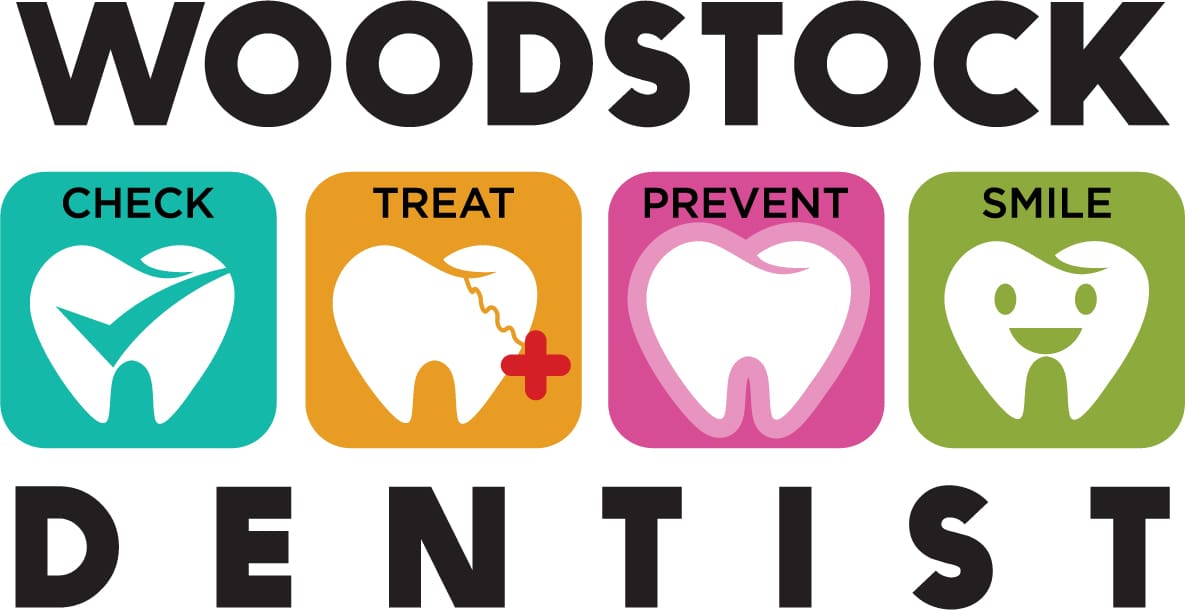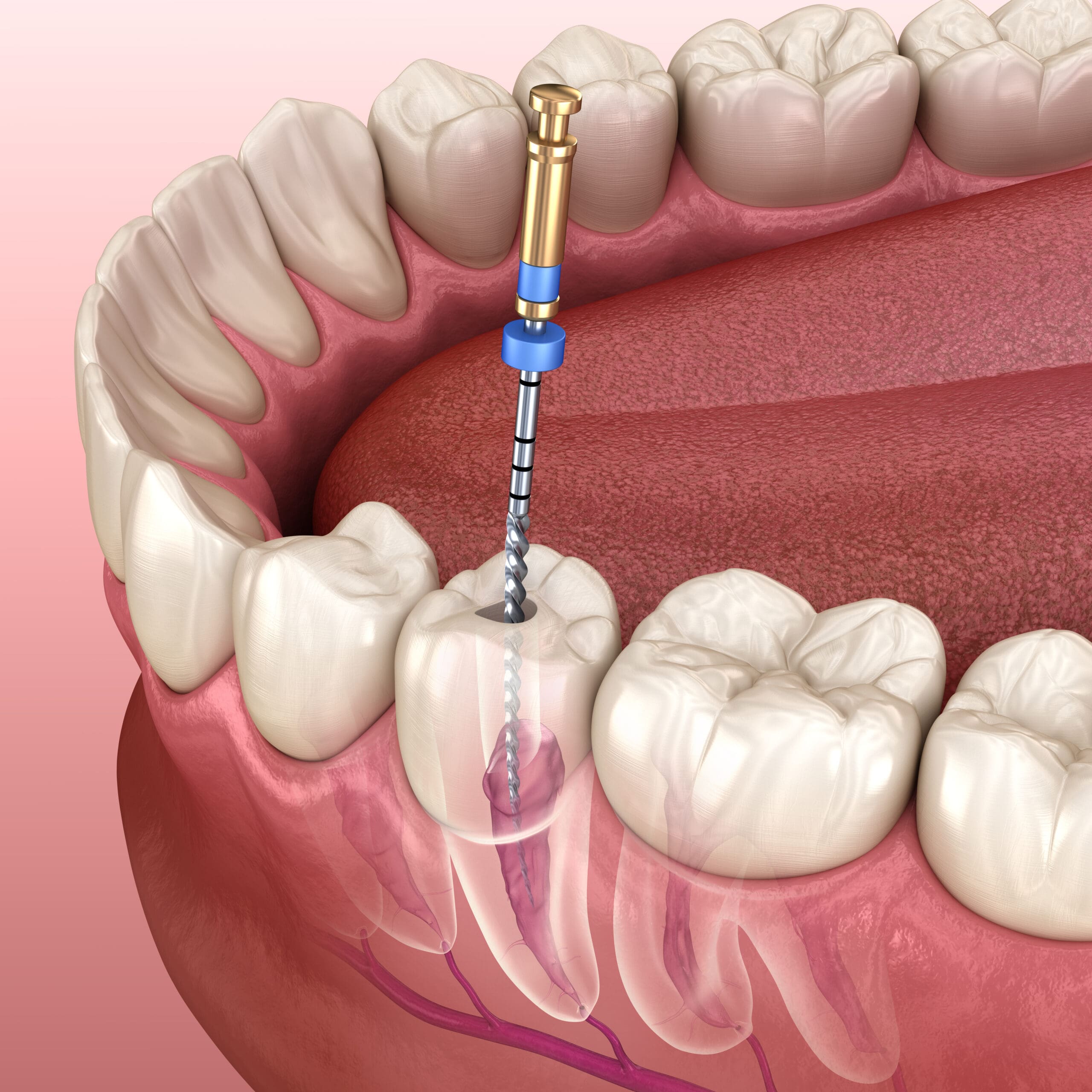What is the difference between periodontal gum disease and gingivitis, and why is it crucial to know the stages and act early? Periodontal gum disease vs gingivitis highlights the progression from mild inflammation to more severe conditions affecting the gums and supporting structures of the teeth, emphasizing the importance of early detection and intervention to maintain oral health.
Periodontal Gum Disease vs Gingivitis
Understanding gum disease basics is crucial when discussing periodontal gum disease vs gingivitis. Both conditions are common oral health issues that affect the gums, but they differ in severity and progression. Gingivitis is the initial stage of gum disease, characterized by inflammation and irritation of the gums. It is often caused by plaque buildup and can lead to redness, swelling, and bleeding during brushing or flossing. If left untreated, gingivitis can progress to periodontal gum disease, a more severe condition that affects the supporting structures of the teeth, potentially leading to tooth loss.
Periodontal gum disease vs gingivitis highlights the importance of early detection and understanding the stages of gum disease. While gingivitis is reversible with proper oral hygiene, periodontal gum disease requires more attention as it involves deeper infection and damage to the gums and bone. For those experiencing symptoms like persistent bad breath, exploring resources such as Periodontal Gum Disease for Bad Breath: Fight Odor at the Source can provide valuable insights into managing oral health effectively. Recognizing the differences between these stages can help individuals take proactive steps in maintaining their gum health.
Gingivitis: Early Warning Signs
Gingivitis is the initial stage of periodontal gum disease and is often characterized by subtle symptoms that can easily be overlooked. Common early warning signs include redness and swelling of the gums, as well as bleeding during brushing or flossing. These symptoms indicate inflammation caused by plaque buildup along the gumline. While gingivitis is a mild form of gum disease, it is crucial to recognize these signs early to prevent progression to more severe stages.
Understanding the differences in periodontal gum disease vs gingivitis is essential for maintaining oral health. Gingivitis, if left untreated, can advance to periodontitis, leading to more significant dental issues. For those seeking more information on managing gum health, the Periodontal Specialists Woodstock provide valuable insights into the complexities of gum disease.
Periodontitis: Advanced Gum Disease
Periodontitis represents the advanced stage of periodontal gum disease, distinguishing itself from gingivitis by its severity and potential for irreversible damage. Unlike gingivitis, which primarily affects the gums, periodontitis extends deeper, impacting the supporting structures of the teeth, including the bone. This progression can lead to tooth loss if not addressed. Understanding the differences in periodontal gum disease vs gingivitis is crucial, as early detection and intervention can prevent the escalation to periodontitis.
Causes of Gum Inflammation
Gum inflammation, a common precursor to periodontal gum disease and gingivitis, is primarily caused by the accumulation of plaque—a sticky film of bacteria that forms on teeth. When plaque is not adequately removed through regular oral hygiene practices, it hardens into tartar, which can irritate the gums and lead to inflammation. Other contributing factors include hormonal changes, certain illnesses, medications, and lifestyle choices such as smoking. Understanding these causes is crucial in distinguishing between periodontal gum disease vs gingivitis. For more information on maintaining oral health, consult with a Woodstock Dentist.
Symptoms of Gingivitis and Periodontitis
Understanding the symptoms of gingivitis and periodontitis is crucial in distinguishing between these two stages of periodontal gum disease. Gingivitis, the initial stage, often presents with red, swollen gums that may bleed easily during brushing or flossing. As the condition progresses to periodontitis, symptoms can become more severe, including persistent bad breath, receding gums, and the formation of deep pockets between the teeth and gums. In advanced cases, periodontitis may lead to loose or shifting teeth. Recognizing these symptoms early can help in understanding the differences in periodontal gum disease vs gingivitis.
Differences Between Gingivitis and Periodontitis
Understanding the differences between gingivitis and periodontitis is crucial when discussing periodontal gum disease vs gingivitis. Gingivitis is the initial stage of gum disease, characterized by inflammation and redness of the gums, often caused by plaque buildup. It is generally reversible with proper oral hygiene. In contrast, periodontitis is a more advanced stage of gum disease that occurs when gingivitis is left untreated, leading to the destruction of the supporting structures of the teeth, including the bone. This progression can result in tooth loss and requires more intensive management. Recognizing these differences is essential for early intervention and maintaining oral health.
Risk Factors for Gum Disease
Understanding the risk factors for gum disease is crucial when comparing periodontal gum disease vs gingivitis. Several factors can increase the likelihood of developing these conditions, including poor oral hygiene, smoking, hormonal changes, certain illnesses like diabetes, and genetic predisposition. Additionally, medications that reduce saliva flow and conditions that affect the immune system can also contribute to the risk. Recognizing these factors can help in identifying the early signs of gum disease and understanding its progression from gingivitis to more severe periodontal issues.
Importance of Early Detection
Understanding the differences between periodontal gum disease vs gingivitis is crucial for maintaining oral health. Early detection plays a vital role in preventing the progression of these conditions, as it allows for timely intervention and management. Gingivitis, the initial stage, is characterized by inflammation of the gums and can often be reversed with proper care. However, if left unchecked, it can advance to periodontal gum disease, leading to more severe complications such as tooth loss and bone damage. Recognizing the signs early can make a significant difference in preserving dental health and preventing long-term issues.
Long-term Effects of Untreated Gum Disease
When comparing periodontal gum disease vs gingivitis, it’s crucial to understand the long-term effects of untreated gum disease. If left unchecked, what begins as gingivitis can progress to more severe periodontal disease, leading to significant oral health issues. Over time, untreated gum disease can result in the deterioration of the supporting structures of the teeth, including the gums and bone, potentially causing tooth loss. Additionally, chronic inflammation associated with periodontal disease has been linked to systemic health problems, highlighting the importance of addressing gum health early on.
Conclusion
Understanding the differences between periodontal gum disease vs gingivitis is crucial for maintaining oral health; for more information, call us at 678-483-5999 or check out our Google Maps reviews.






